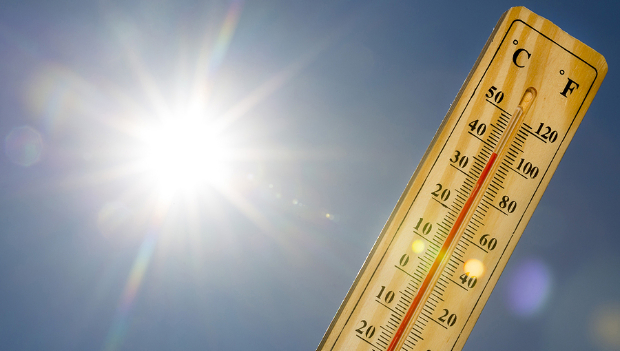Students need healthy, safe schools—legislators urged to strengthen SB 288
The COVID-19 pandemic and the ongoing heatwave demonstrate the critical need for all Connecticut’s public schools to have healthy, safe classrooms, including air conditioning systems. With federal funding now available, legislators and the state must act to ensure those funds are used to improve indoor air quality and provide safe teaching and learning environments for all Connecticut students and teachers.
Hundreds of Connecticut schools have been forced to close or are implementing early dismissal plans today because classrooms are not equipped with air conditioning or proper ventilation systems, causing temperatures to rise to unsafe levels. Poor ventilation in public schools is also a concern because of airborne pathogens—such as coronavirus.
“Too many of our schools lack air conditioning or have ventilation problems that lead to toxic mold,” said CEA President Jeff Leake. “Poor air quality in classrooms could also lead to a resurgence of COVID-19 and other health problems for our students, especially since elementary and some middle school students are not yet eligible for vaccines.”
“We have all overcome a lot this year,” Leake added, “and this summer, educators are working to ensure that students are engaged in summer learning programs, but they can’t do that if school buildings are closed due to excessive heat. We know that when it gets too hot, students can’t learn, and teachers can’t teach.”
Connecticut has maximum temperatures for dog kennels and pet shops, but there are no laws or public health codes in the state regarding minimum or maximum temperatures for school classrooms. “This is an unacceptable message to our students,” stressed Leake.
With the recent influx of federal Elementary and Secondary School Emergency Relief (ESSER) funds, Connecticut has the resources to improve the health and safety of our schools, including the installment, maintenance, or repair of heating, ventilation, and air conditioning systems and the remediation and prevention of mold.
SB 288, An Act Concerning Indoor Air Quality in Schools, is expected to come up for a vote before the legislature in the next few days. It does not provide all the protections that are needed, but provides a start and should be approved. This bill combined with using federal funds to improve air quality and air conditioning will provide students with a good start on healthier air quality.
Research clearly shows that excessive heat not only takes a toll on student learning, it can be dangerous and can lead to:
- Heatstroke and heat exhaustion,
- dehydration, and
- even greater health risks for those who suffer from asthma, allergies, and other conditions.
Nearly half of public school buildings across the country have poor indoor air quality, and teachers have the highest rate of asthma among non-industrial occupations.
- Two years ago, teachers across the state recorded temperature and humidity levels in their classrooms, and the large data sample CEA collected from those teachers confirmed that sweltering classrooms are a problem throughout Connecticut’s schools, with temperatures in some buildings reaching as high as 108 degrees.
- In a November 2019 CEA Survey of Connecticut Teachers regarding the need to address environmental problems in Connecticut’s schools, more than half of teachers (53%) reported environmental conditions in their classrooms that are not conducive to teaching and learning, and nearly three-quarters of teachers (74%) experienced extreme hot and cold temperatures in their classrooms.
Teachers are calling on Connecticut lawmakers to protect students and establish school temperature limits. Passing SB 288 with these measures will ensure that our school buildings are safe for children and staff.
We urge legislators to follow the lead of other states, including Vermont, and take critical steps over the next few days to utilize federal funds to make our schools and classrooms healthier places to learn and teach, especially in light of the COVID-19 pandemic.







